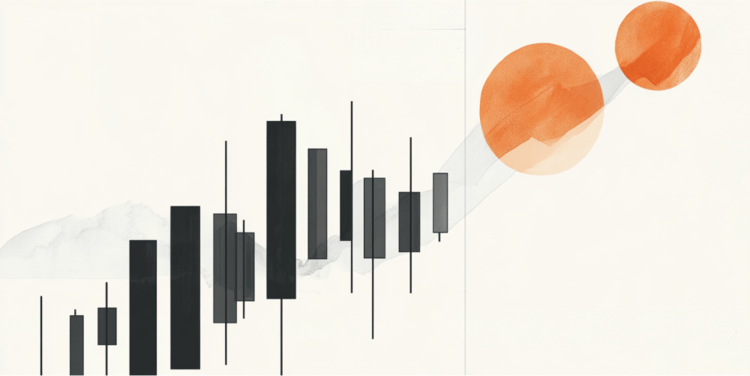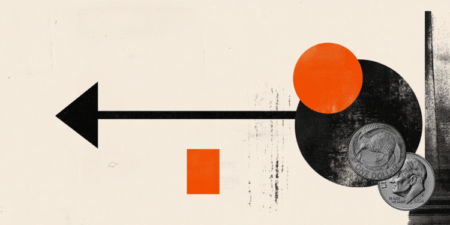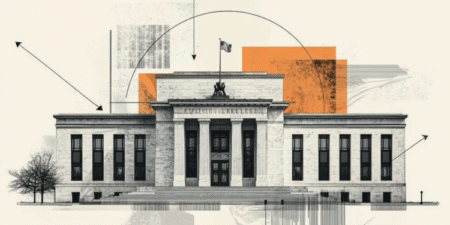- US Dollar Index appreciates as traders adopt caution amid mixed signals from Fed officials.
- Fed’s Goolsbee rejects the notion that the central bank should lower interest rates to reduce the cost of government debt.
- Trump announced a 35% tariff rate for goods imported from Canada.
The US Dollar Index (DXY), which measures the value of the US Dollar (USD) against six major currencies, continues to gain ground for the third successive session and is trading at around 97.80 during the early European hours on Friday. Traders remain cautious in response to mixed comments from Federal Reserve officials.
Federal Reserve Bank of Chicago President Austan Goolsbee said late Thursday that he does not support the arguments that the US central bank should cut rates to make government debt cheaper, the mandate is on jobs and prices. Goolsbee highlighted that economic data was solid before the April 2 Liberation Day tariffs.
However, Fed Board of Governors member Christopher Waller reiterated why the central bank should deliver an early rate cut in July. Waller also noted that tariff inflation effects are likely to be short-lived and stipulated that a rate cut here would not be politically motivated.
Furthermore, Fed Bank of San Francisco President Mary Daly supported Fed Waller’s comments by mentioning that monetary policy is still restrictive. The economy remains on solid footing, with steady growth, strong job gains, and easing inflation. Given these conditions, the Federal Reserve is well-positioned to restore price stability in a gradual and measured manner, Daly added.
However, market sentiment remains cautious after U.S. President Donald Trump announced a 35% tariff on goods imported from Canada, following a wave of tariff demand letters sent to multiple countries on Wednesday, set to take effect on August 1. Trump also indicated that the European Union (EU) would receive a similar notice outlining new tariff rates “today or tomorrow.”
The Federal Open Market Committee (FOMC) Minutes from the June 17–18 meeting, released on Wednesday, indicated that policymakers largely maintained a wait-and-see stance regarding future interest rate decisions.
US Dollar FAQs
The US Dollar (USD) is the official currency of the United States of America, and the ‘de facto’ currency of a significant number of other countries where it is found in circulation alongside local notes. It is the most heavily traded currency in the world, accounting for over 88% of all global foreign exchange turnover, or an average of $6.6 trillion in transactions per day, according to data from 2022.
Following the second world war, the USD took over from the British Pound as the world’s reserve currency. For most of its history, the US Dollar was backed by Gold, until the Bretton Woods Agreement in 1971 when the Gold Standard went away.
The most important single factor impacting on the value of the US Dollar is monetary policy, which is shaped by the Federal Reserve (Fed). The Fed has two mandates: to achieve price stability (control inflation) and foster full employment. Its primary tool to achieve these two goals is by adjusting interest rates.
When prices are rising too quickly and inflation is above the Fed’s 2% target, the Fed will raise rates, which helps the USD value. When inflation falls below 2% or the Unemployment Rate is too high, the Fed may lower interest rates, which weighs on the Greenback.
In extreme situations, the Federal Reserve can also print more Dollars and enact quantitative easing (QE). QE is the process by which the Fed substantially increases the flow of credit in a stuck financial system.
It is a non-standard policy measure used when credit has dried up because banks will not lend to each other (out of the fear of counterparty default). It is a last resort when simply lowering interest rates is unlikely to achieve the necessary result. It was the Fed’s weapon of choice to combat the credit crunch that occurred during the Great Financial Crisis in 2008. It involves the Fed printing more Dollars and using them to buy US government bonds predominantly from financial institutions. QE usually leads to a weaker US Dollar.
Quantitative tightening (QT) is the reverse process whereby the Federal Reserve stops buying bonds from financial institutions and does not reinvest the principal from the bonds it holds maturing in new purchases. It is usually positive for the US Dollar.
Read the full article here
















